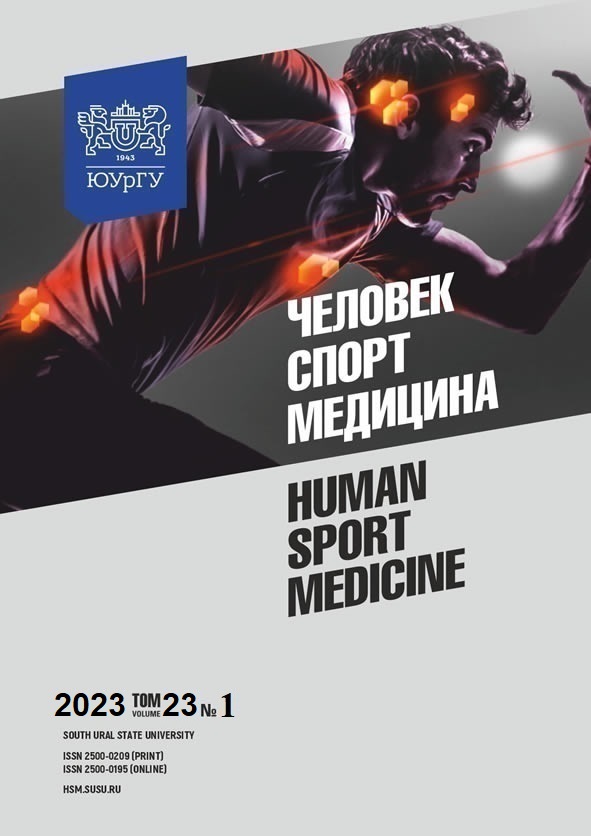HEART RATE VARIABILITY IN UNIVERSITY STUDENTS WITH DIFFERENT LEVELS OF PHYSICAL FITNESS
Abstract
Aim. The paper aims to identify the status of the autonomic nervous system using the heart rate variability method; to identify the type of autonomic regulation in volunteers. Materials and methods. Forty-two male students, ages 19–24, provided their voluntary consent for participation in the study. Study participants were divided into two groups based on survey results: professional athletes and university students, who formed the target and control groups, respectively. Heart rate variability was measured with the VNS-Spectrum computer complex. The types of autonomic regulation were determined according to the classification of N. Shlyk. Results. Comparative analysis demonstrated that a greater statistical intergroup difference was associated with the geometric analysis of heart rate variability. One athlete was considered overtrained according to the classification of regulation types. Conclusion. The right approach and cooperation with the developers of electronic gadgets allow for creating mobile monitoring systems and solving the problem of insufficient health monitoring in modern sport.
References
References on translit















